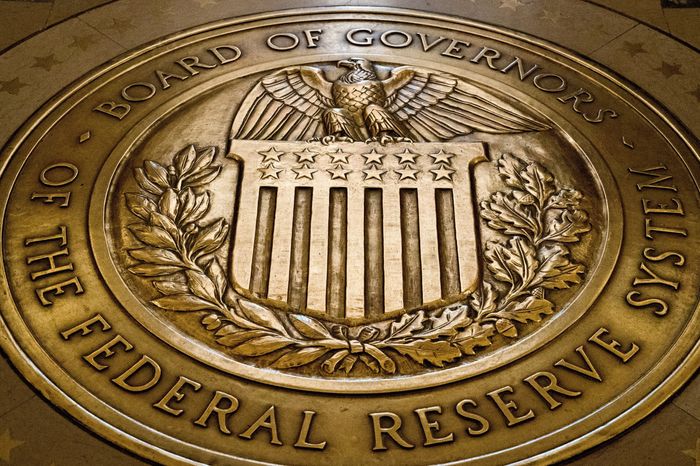MarketWatch
The “pain” Americans are likely to endure from higher U.S. interest rates is a tepid economy in 2023 and rising layoffs and unemployment, the Federal Reserve said Wednesday.
The central bank raised a key U.S. interest rate that influences the cost of borrowing for the fifth time this year. The rate hikes are meant to slow the economy enough to bring down the highest inflation in 40 years.
In a major speech last month, Fed Chairman Jerome Powell warned the public it would experience “some pain” as a result of the bank’s more aggressive effort effort to roll back inflation.
A slowing economy would curb hiring and induce more layoffs as businesses faced the prospect of slower sales. The Fed wants to cool off a scorching labor market in which worker shortages are rapidly driving up wages and adding to inflation.
In updated forecasts, the Fed predicts the economy will grow at a meager 0.2% annual pace this year and a lackluster 1.2% next year — well below the outsized 5.7% gain in 2021.
The unemployment rate, meanwhile, is forecast to rise to as high as 4.4% in 2023 and stay there through 2024. The current jobless rate is 3.7%, just a few ticks above a half-century low.
Historically such sizable increases in the unemployment rate foreshadow a pending recession. And a rising number of Wall Street DJIA, -0.65% economists believe the U.S. will suffer a mild downturn sometime within the next year.
“With growth set to slow further in 2023, the sharp Fed tightening this year may have already set in motion an economic downturn within the next year or so,” said senior economist Ben Ayers of Nationwide.
Powell and other Fed senior officials acknowledge a recession is possible, but they are still suggesting publicly that they can pull off a so-called soft landing. That’s a Goldilocks scenario in which the economy slows just enough to slash inflation without triggering a recession.
“I’m optimistic that we’re going to be able to navigate this and keep unemployment to about 4.5% by the time we’re done,” Chicago Federal Reserve President Charles Evans said earlier this month.
The outcome will depend on how much the central bank has to raise the short-term fed funds rate that banks use to set interest for credit cards, mortgages, auto loans and business lending.
The latest Fed forecast shows the rate rising to 4.4% at the end of this year — higher than most Wall Street forecasts. It would then peak at 4.6% in 2023 before gradually declining.
Just six months ago, the Fed’s benchmark rate stood near zero.
Fed officials are united in the belief that the higher cost of money will restore the rate of inflation to pre-pandemic levels of 2% or less by 2025, based on its preferred PCE price index.
The personal consumption expenditures price index has risen 6.3% in the 12 months ended in August, the highest rate since 1982.
The Fed predicts it will slow from an estimated 5.4% at the end of 2022 to 2.8% by 2023, 2.3% by 2024 and 2% by 2025.
A better known measure of inflation, the consumer price index, showed prices rising at a 8.3% clip in the 12 months ended in August.














